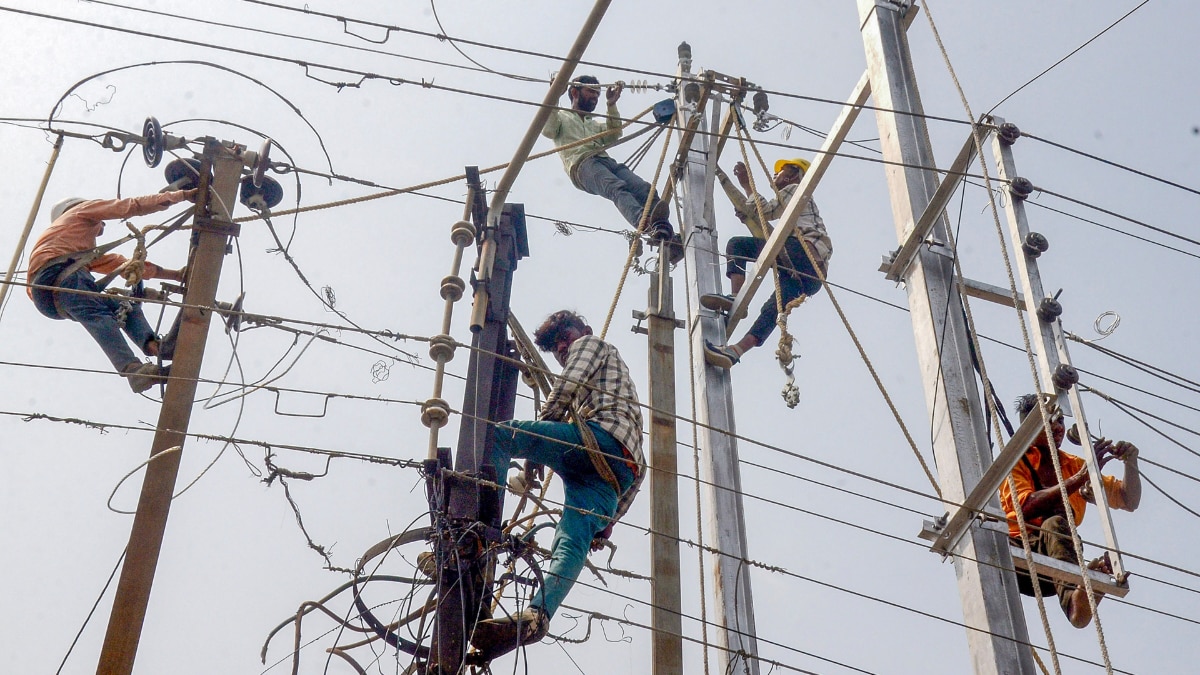India's electricity production rose by 15.06 percent in May this year to reach 167.55 billion units, compared to 145.61 billion units in the corresponding month last year. This increase was attributed to increased demand due to the intense heat wave, according to the Central Electricity Authority's monthly update.
Thermal energy, mainly from coal and gas power plants, accounted for 127.87 billion units of electricity generation in the reporting month. This corresponds to a considerable increase of 14.67 percent compared to the same period last year.
On May 30, power demand reached an unprecedented high of 250 GW due to a prolonged heatwave in northern India, creating high demand throughout May and most of June. Forecasts suggest that peak power demand could rise to 260 GW by fiscal year 2024-25.
With the monsoon advancing faster than planned and temperatures falling in the northern states, the current peak electricity demand is about 200 GW.
The expectation of increased hydropower generation comes with the recharge of reservoirs during the monsoon season. In particular, power production from large hydropower projects increased by 9.92 percent in May, reaching 11.62 billion units.
Meanwhile, renewable energy projects (excluding hydropower) contributed 22.50 billion units, up 18.34 percent from the same period last year. In response to rising demand, the Energy Ministry has directed domestic coal-fired power plants to blend 6 percent imported coal by September to ensure adequate power generation.
Driven by India's robust economic growth rate of 8.2 percent, the highest among major economies, there has been a corresponding increase in electricity demand due to increased economic activity. The government is considering a review of electricity demand forecasts to strategically plan for expansion of generation capacity over the next five years.
Also read: Citi: India's 7% growth is not enough to close the employment gap

“Incurable gamer. Infuriatingly humble coffee specialist. Professional music advocate.”







